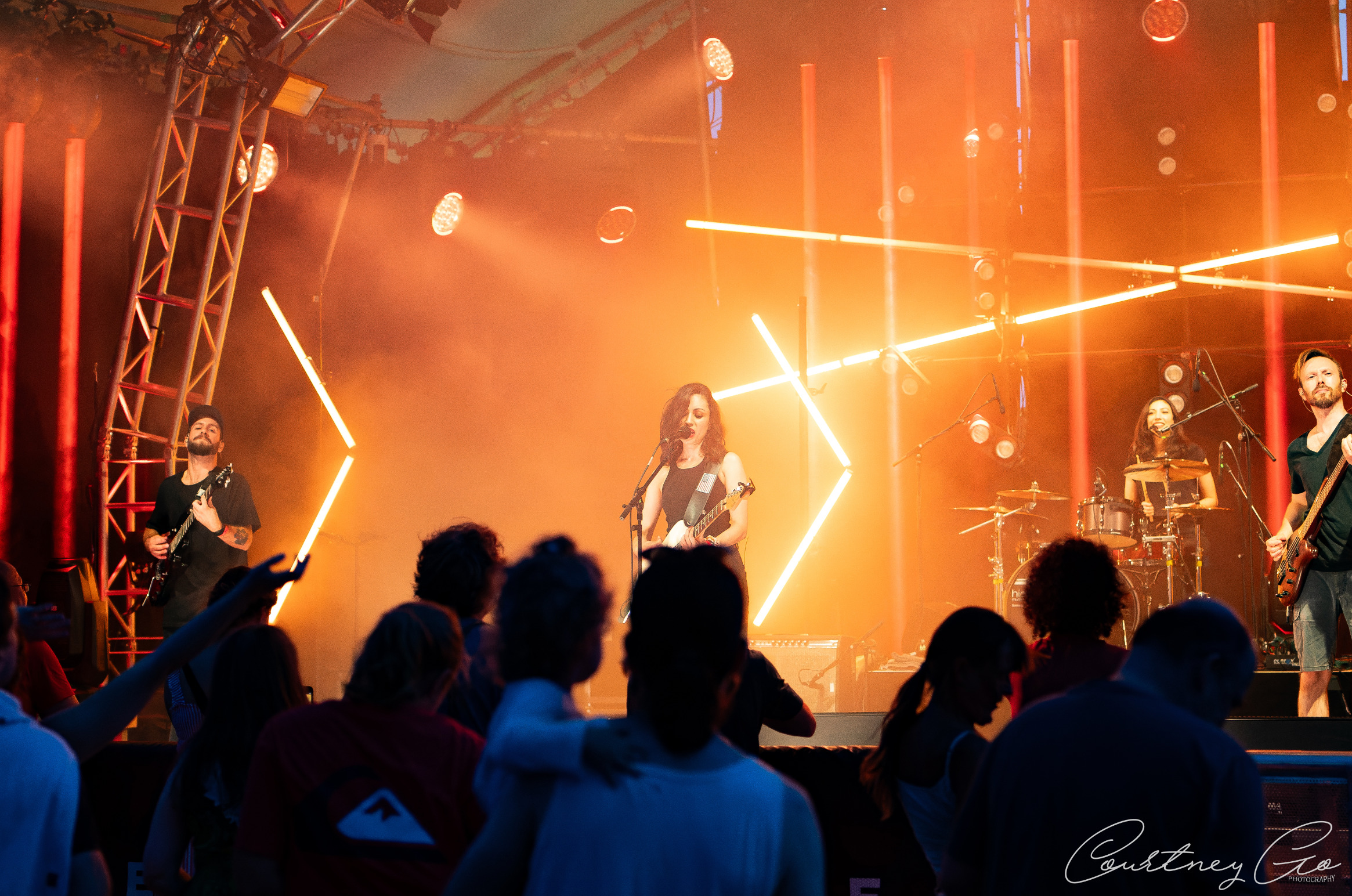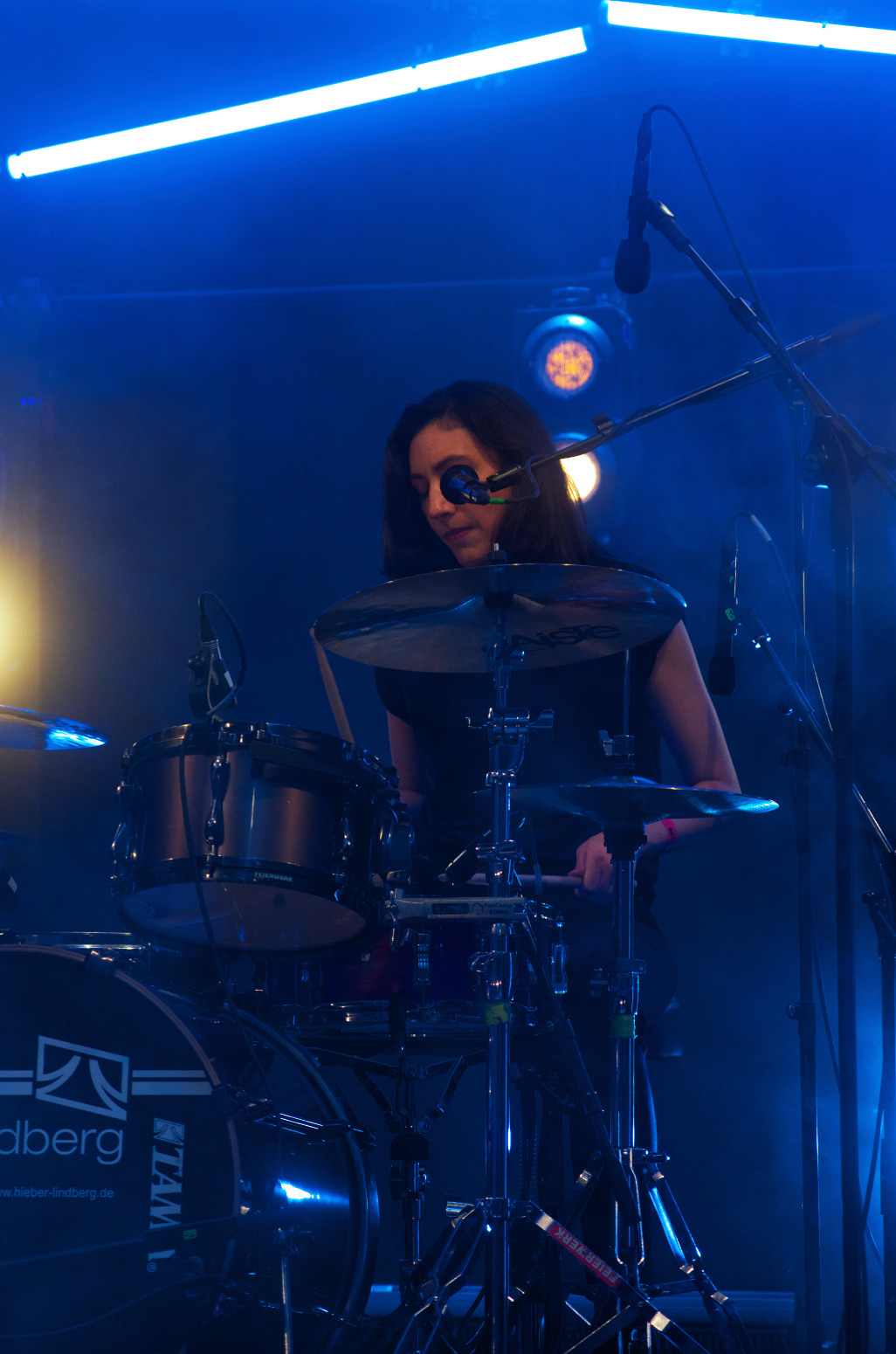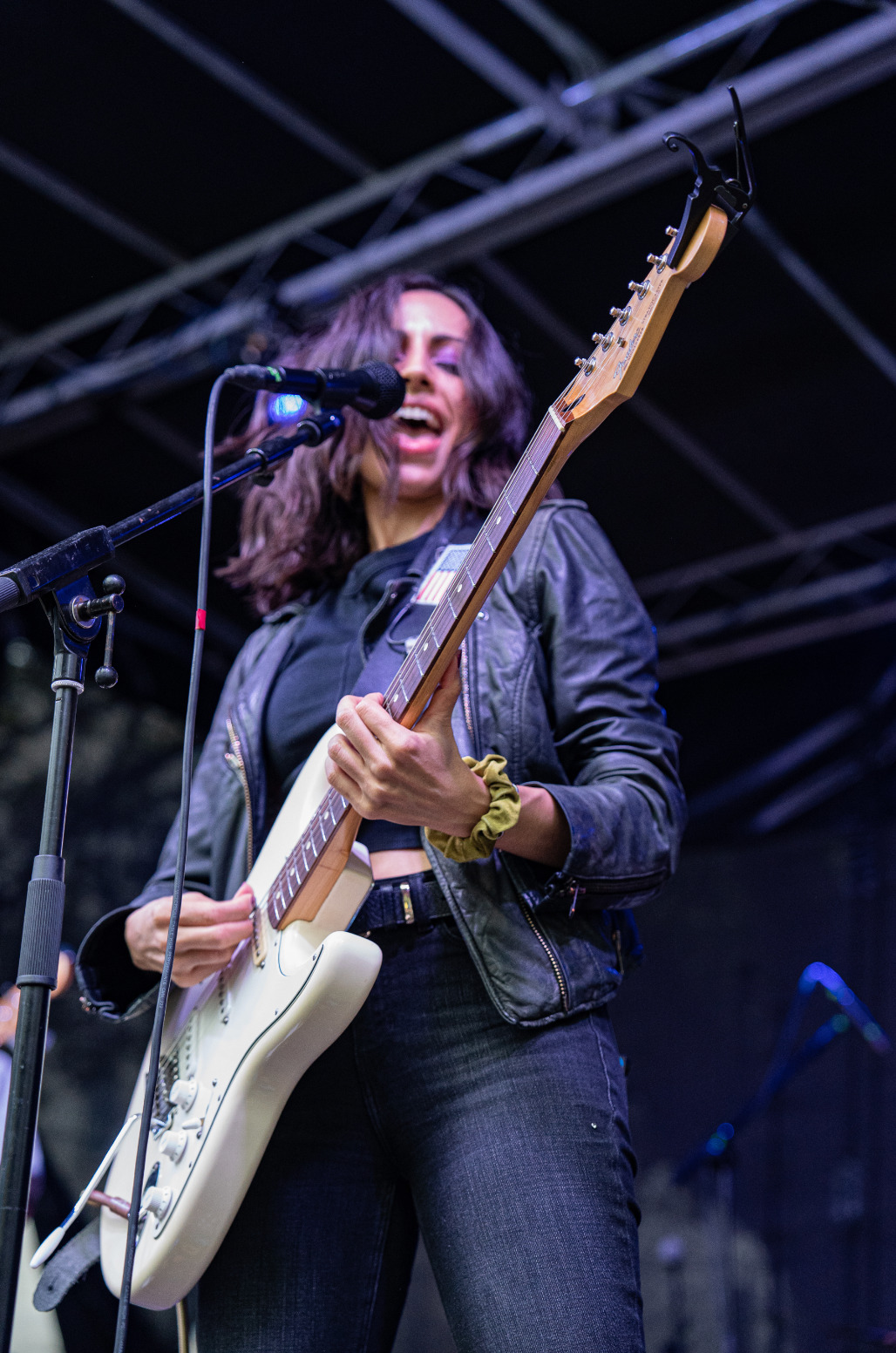Sounds like you had great mentors!
Our cousin, Gregg Bissonette, is an amazing drummer; he's played with all kinds of people, Ringo Star and David Lee Roth. And his brother Matt is a bass player; he's touring with Elton John right now. They both have this amazing work ethic, this way of mentoring and showing you what music is actually about.
We had that early on, and it really grounded us. It was all about just playing for the song, being musical; be there, be present in the moment, work on your skills, get better, but make sure that you're connected with the band, that you're playing together.
What is your songwriting process like?
Steph: It's funny how it's worked out because there've been a lot of times where one of us will have lyrics but no music, and then the other one's like, "Oh, I've got music, but no lyrics." And they end up fitting together really well.
Sarah: We don't have a process the way that a lot of people describe their process, because I think for us, songwriting kind of is our process, if that makes sense. It's how we process our emotions, how we process life. You don't know what to do with it. And as a musician, you take it to music. That's what brought us to music in the first place.
Steph: Sometimes it's as practical as, "When I'm thinking of rhymes, I can't get stuck in negative self-talk."
Sarah: Our process is also very spontaneous. People will talk about songwriting exercises and ways to get over writer's block to perfect your craft. And we do that, and we teach that in our songwriting camps.
But for us, the best songs usually happen when we dream of a melody. Or, you'll go to bed at night, and as you're falling asleep you get that lyric that sounds like it's going to be a good fit for what you've been tossing around in your head. That opportunity is almost always inconvenient, and it's at a terrible time, but you just have to stop what you're doing and write down those lyrics or record that melody or whatever it is. The muse is very strict sometimes about your time.







